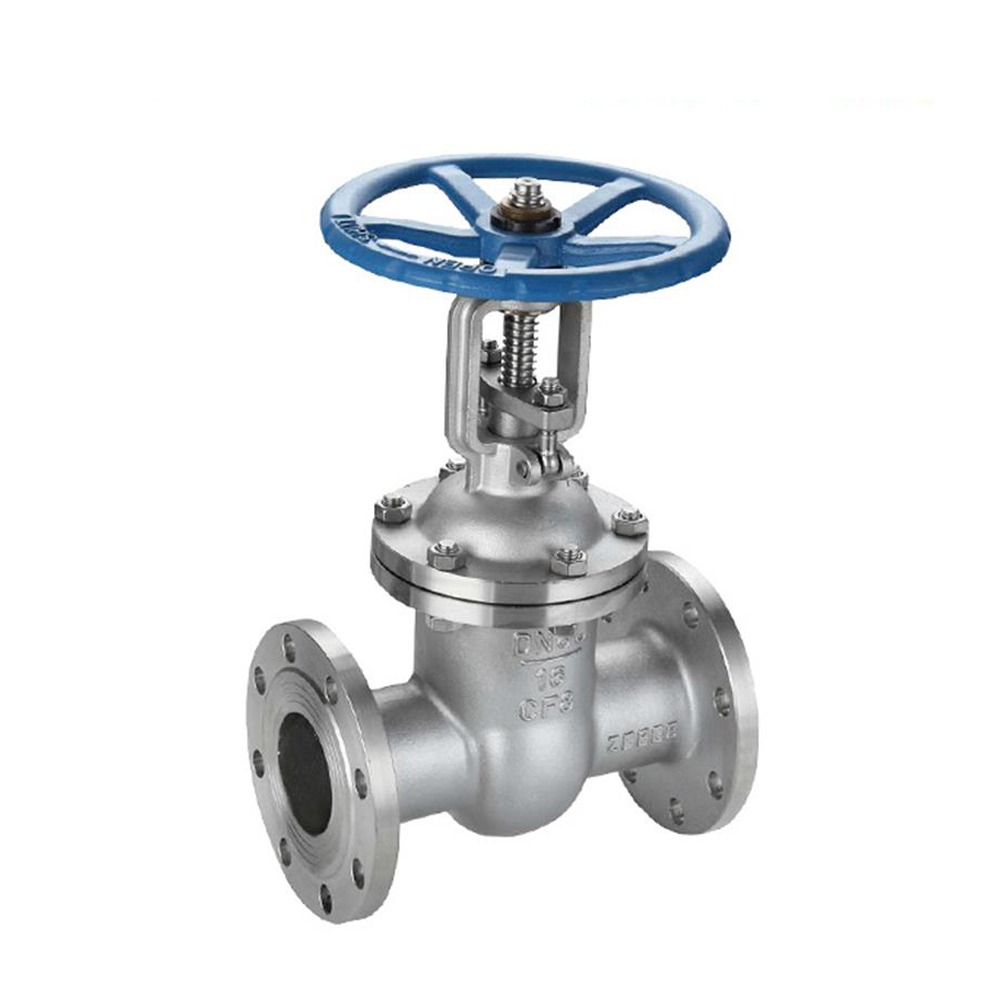
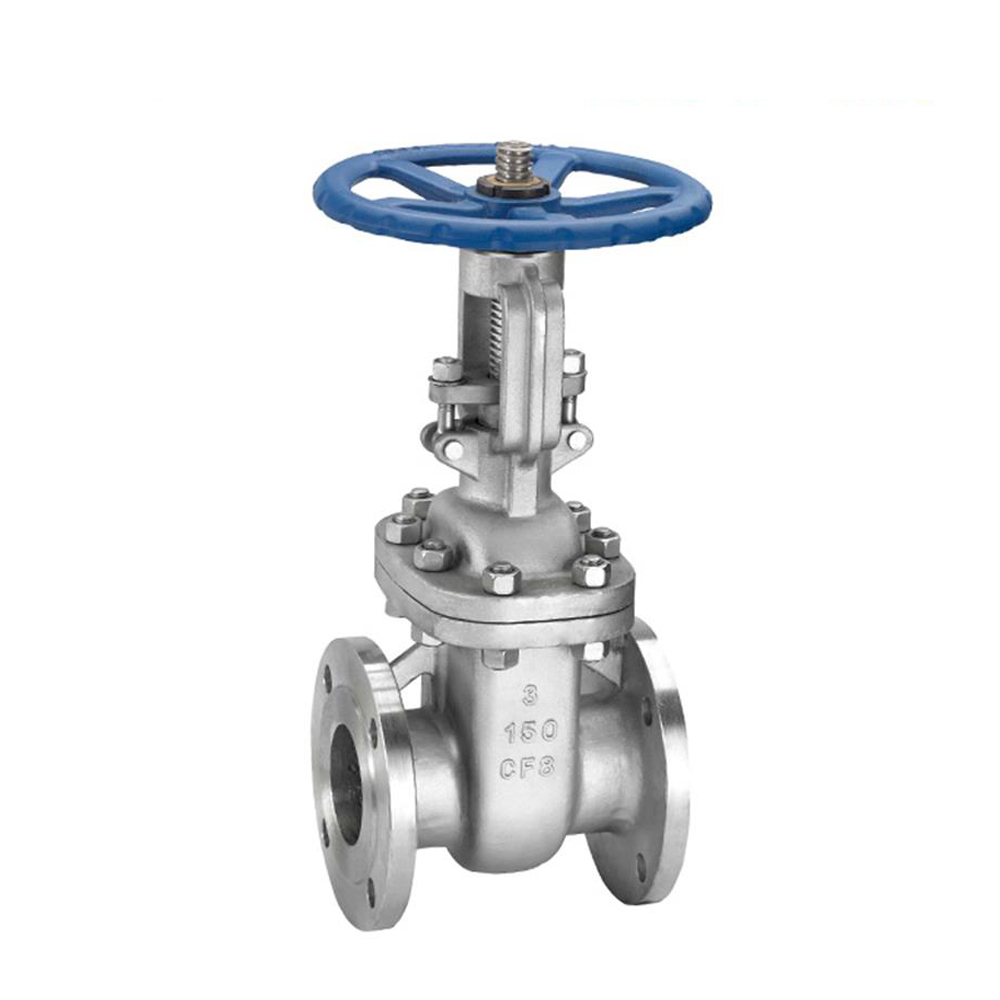
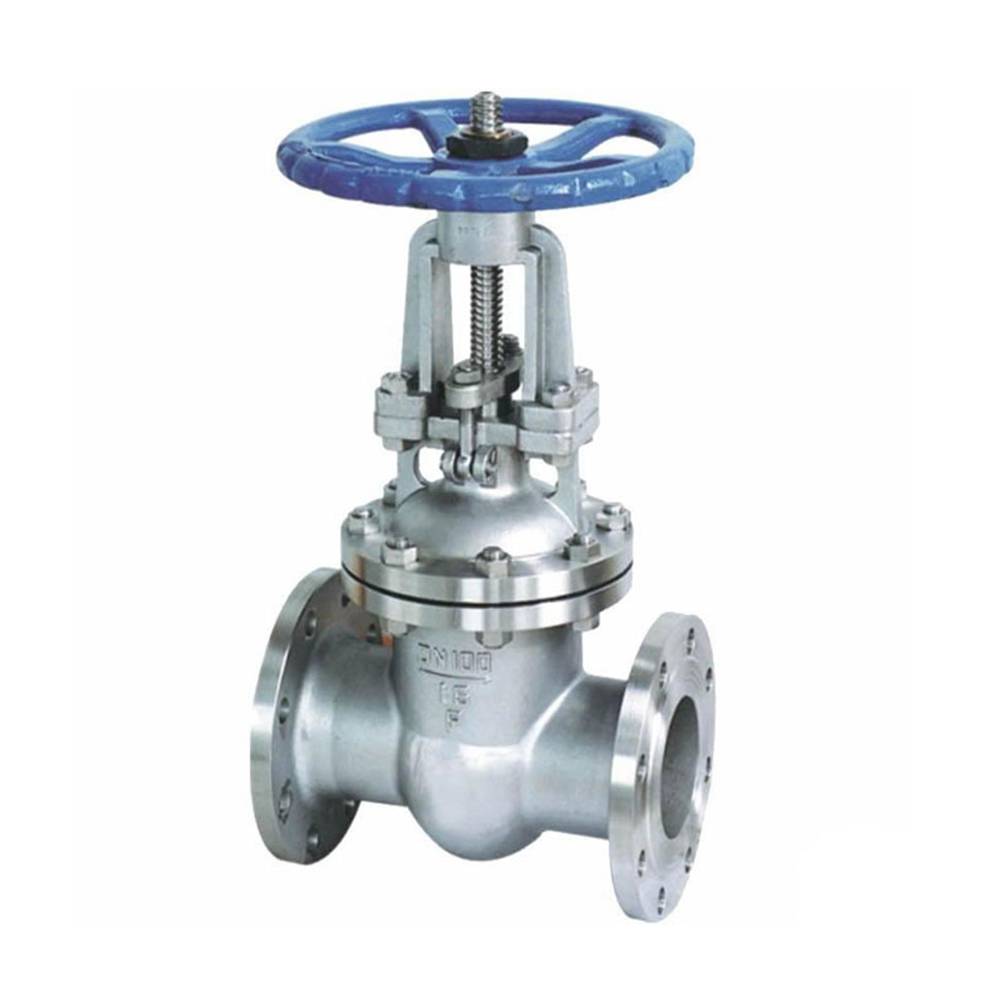
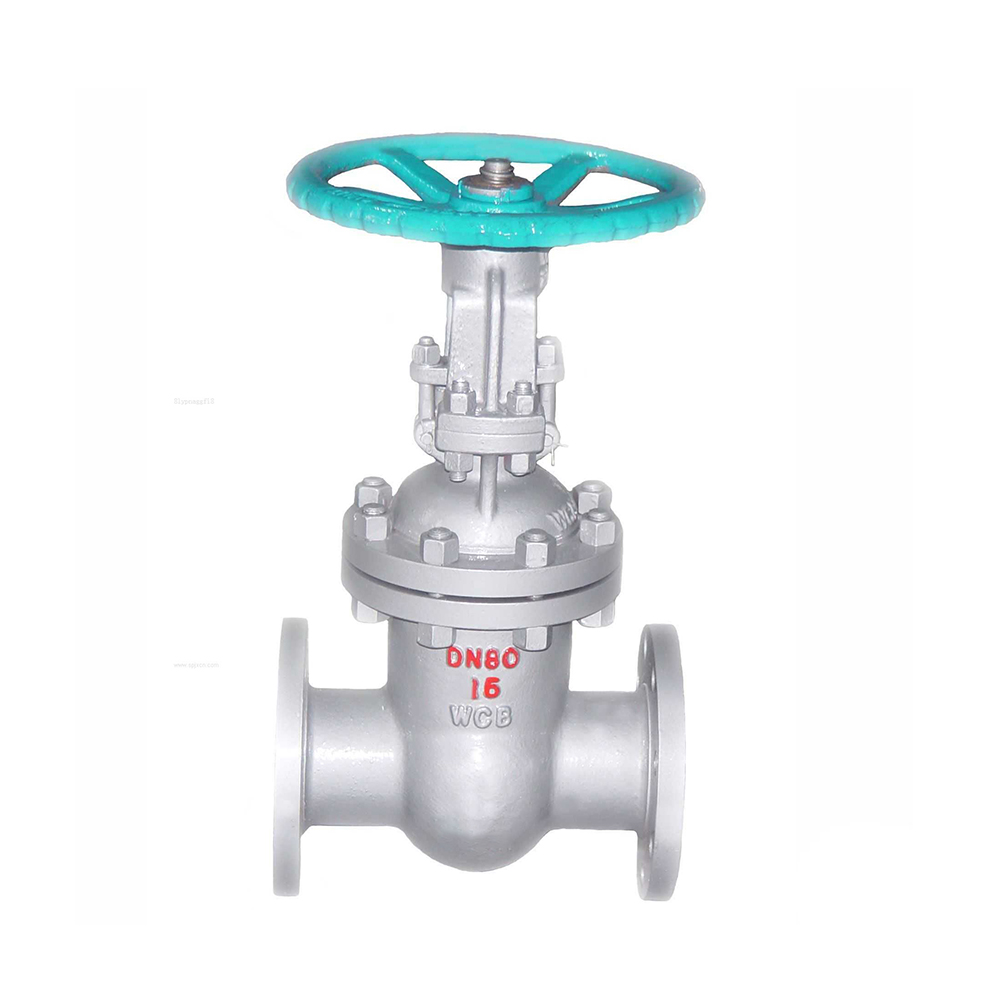
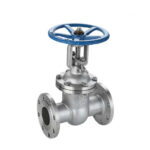
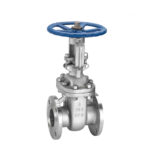
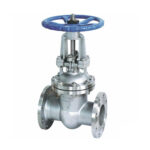
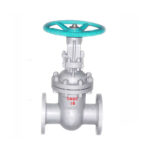
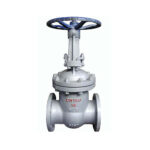
COVNA WCB Flange Type Wedge Gate Valve
COVNA Flange Wedge gate valve opens by lifting a gate with wedge shape, out of the path of afluid. The sealing surface in between the gate and seats are planar, and once lifted, there are not obstructions in the flow path, so they are used when a minimum friction is required.Widely used in almost all fluid services such as air, fuel gas, feedwater, steam, lube oil, hydrocarbon, and all most any services.
- Model: Gate Valve
- Size Range: 2″ to 16″
- Pressure Range: 1.0 to 6.4MPa
- Material: WCB, Stainless Steel
COVNA WCB CF8M Flange Type Wedge Gate Valve
1.Pressure drop during operation is very less.
2.Most of the gate valve can be used as bi-directional
3.They are suitable for high pressure and temperature application and required less maintenance
4.Manufacture & Design Standard: GB、DIN、ANSI etc.
– DESCRIPTION –
A flange wedge gate valve can be defined as a type of valve that used a gate or wedge type disk and the disk moves perpendicular to flow to start or stop the fluid flow in piping.
A gate valve is the most common type of valve that used in any process plant. It is a linear motion valve used to start or stop fluid flow. In service, these valves are either in fully open or fully closed position. When the gate valve is fully open, the disk of a gate valve is completely removed from the flow. Therefore virtually no resistance to flow. Due to this very little pressure drops when fluid passes through a gate valve.
To achieve proper sealing, when the valve is fully closed, 360° surface contact is required between disk and seats.






